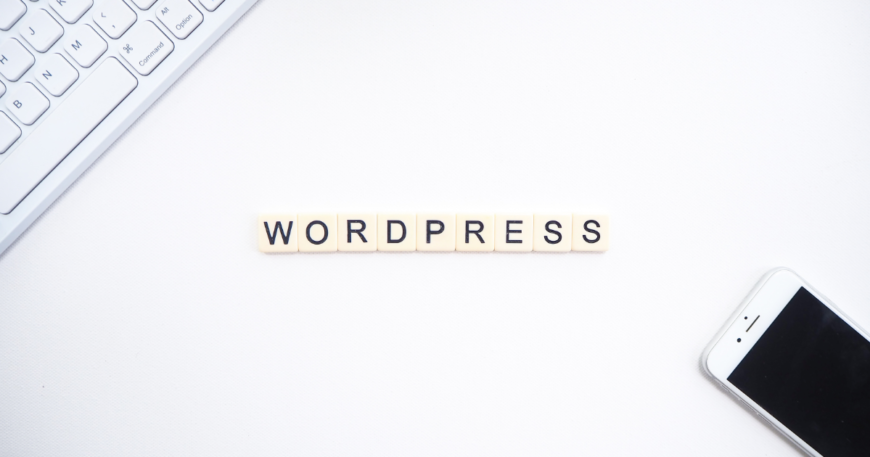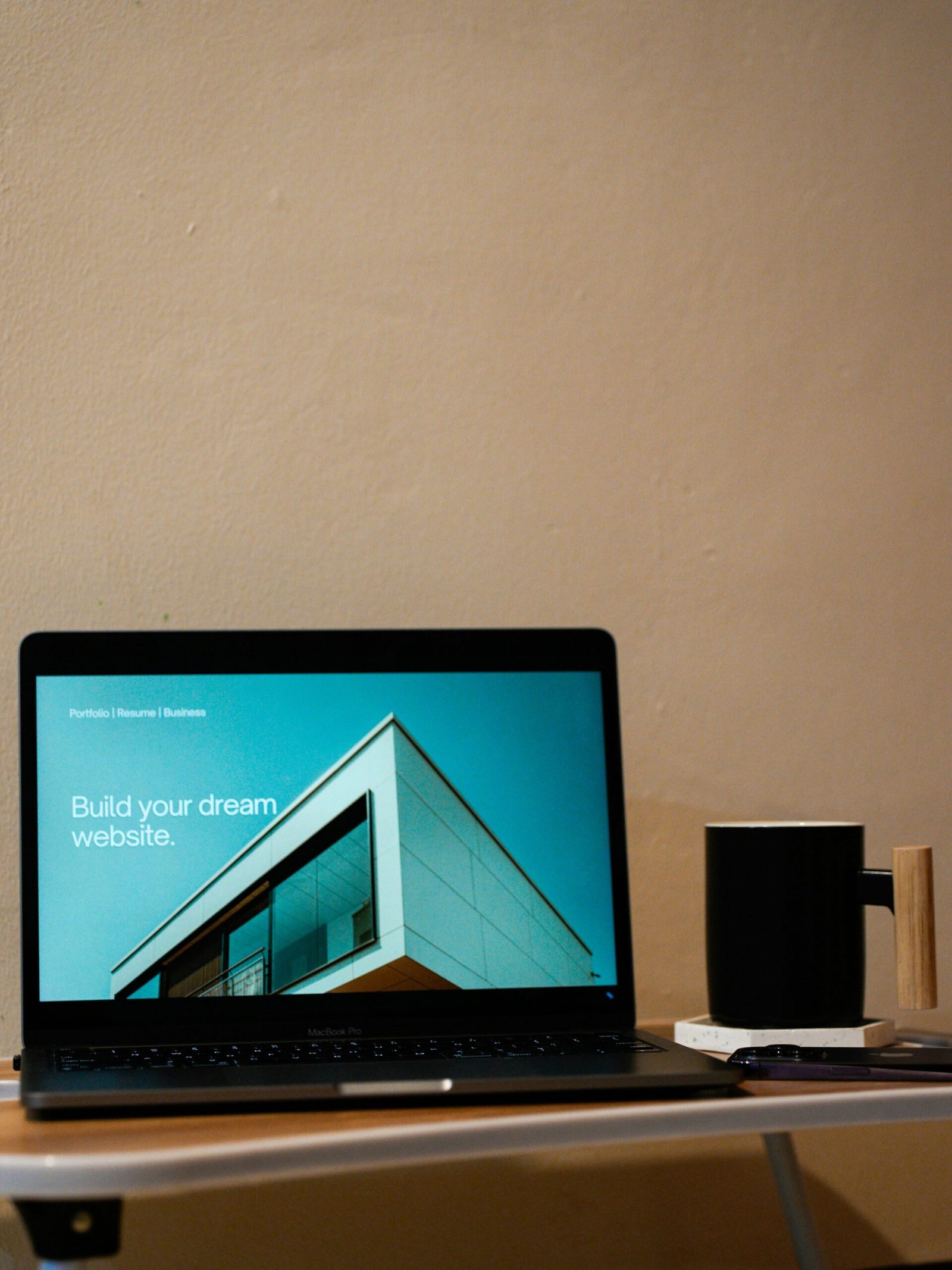- Putting User Experience (UX) First: WordPress’s future design leans towards enhancing UX, consistently providing sites that are easy to navigate, quick loading, and work well on mobile devices. This means employing instruments like block editing, high-level custom fields, and easy-to-manage page creators to simplify the production phase.
- Gutenberg and Block-based Layouts: The Gutenberg editor keeps improving and provides increased personalization features. Developers are now moving towards block-based layout formations. They create blocks that can be used multiple times and tailored according to needs. This lessens the reliance on old-fashioned themes and gifts users with more adaptability.
- Headless WordPress: Headless Future of WordPress Design and Development Services is a growing trend where the frontend and backend work independently. It works like a content management system. This trend is becoming quite popular. It allows programmers to pair WordPress with recent JavaScript frameworks. They can use React, Vue.js, or Next.js. This is great because it offers more flexibility and performance gets a boost.
- Better Speed and Efficiency: The importance of Core Web Vitals as a ranking factor is growing. As Google emphasizes rapidity, WordPress won’t stand still. It’ll change and add features. These enhancements will make loading quicker, provide lazy loading, optimize images, and speed up database searches.
WordPress Configuration and Installation
WordPress configuration and installation are the foundational steps for setting up a WordPress website.
- Things you’ll need: A domain name, web hosting, and an FTP client to upload files. Your host should be compatible with PHP and MySQL, the central tech behind WordPress.
- How to Install:
- Get WordPress from its main site.
- Move files to your host server.
- Start a MySQL database and user.
- Edit wp-config.php with the database info.
- Initiate the WordPress install script with your web browser and follow directions to organize the site.
WordPress Custom Websites
Custom WordPress websites are tailored to meet specific business needs and user requirements. They involve:
- Custom Themes: It’s about crafting a brand-new design or tweaking an already made one. This way, the website matches the special style representative of the company.
- Our Special Add-ons: We make enhancement tools for Future of WordPress Design and Development Services. They stretch its abilities. We can make unique posts, handy widgets, or even tie-ins with other Future of WordPress Design and Development Services.
- Special Features: Employing PHP, JavaScript, and AJAX to develop distinct attributes not found in regular themes or plugins.
Installing the Best WordPress Theme
In choosing your ideal WordPress theme, everyone’s needs differ. However, keep these crucial tips in mind during selection and setup:
- Responsive Design: Ensure the theme is mobile-friendly.
- Personalization Choices: Themes need to provide personalization choices such as color patterns, font styles, and arrangement adjustments.
- SEO-Friendly: Look for themes that are optimized for SEO, with fast page loading and clean, semantic code.
- Demo Import: Many themes come with demo content that you can import, speeding up the setup process.
- Safekeeping and Enhancements: Opt for a theme that continually receives updates and adheres to WordPress’s safety protocols.

To install a theme:
- Head to the WordPress control panel.
- Go to Appearance, then Themes.
- Select Add New, then search for your desired theme, or upload a unique one.
WordPress Plugin Development: Step-by-Step
Developing a WordPress plugin typically involves:
- Define Purpose: Clearly define what your plugin will do.
- Organize Plugin Files: In the wp content/plugins directory, make a new folder. In that folder, start with a core plugin file, like my plugin.php, for example.
- Include Plugin Header: The primary plugin document requires a header comment. It should have the plugin’s name, summary, edition, and so on.
- Build Abilities: Craft the plugin’s capabilities using code. Use WordPress hooks such as actions and filters to engage with WordPress.
- Activation/Deactivation Hooks: Use activation and deactivation hooks to manage the plugin’s settings when it’s activated or deactivated.
- Security Considerations: Sanitize and validate all user inputs to protect against attacks.
- Testing and Debugging: Test the plugin thoroughly on a local environment and debug as necessary.
- Distribute the Plugin: If you wish, you can submit it to the WordPress Plugin Directory.
WooCommerce Development Cost
WooCommerce development costs depend on various factors, such as:
- Starting Shop Costs: You’re looking at $500 to $2,000 for a simple shop kick-off. This includes choosing a theme, product addition, and some basic tweaks.
- Special Add-Ons: Things like item selectors, recurring payments, and so on can bump up the price. It might be between $2,000 and $10,000, depending on how complex it is.
- Ongoing Maintenance and Updates: Monthly maintenance or custom development could cost anywhere from $500 to $2,000 per month.
WordPress Blog Development
WordPress is a top choice for blogging, offering:
- Easy Setup: Start a blog with minimal configuration.
- Custom Themes: Choose or build themes that focus on readability and SEO.
- Add-Ons: Utilize add-ons for improvement in search engine optimization (like Yoast SEO), measurements, sharing on social platforms, and system for comments.
- Content Management: WordPress provides a user-friendly content editor for creating and managing posts easily.
API Integration for WordPress Plugin
API links are vital for tying in outside services and boosting features in WordPress pages. Here’s how to combine an API:
- Use WordPress HTTP API: This helps with making external requests (GET, POST) to third-party services.
- Authentication: If the API requires authentication, use OAuth or API keys securely stored in the plugin options.
- Manage Replies: Interpret the API replies normally given in JSON or XML formats. Use this data within the WordPress setting.
- Troubleshooting: Establish troubleshooting measures for seamless functioning and clear communication during integration breakdown.
How Much Does a WordPress Site Cost?
The cost of a WordPress site varies depending on several factors:
- Domain Name: Typically $10 to $20 per year.
- Web Hosting: Basic shared hosting could be as low as $3 to $10 each month. More powerful choices like VPS or managed hosting might fall between $20 to $100 every month.
- Themes: Premium themes can range from $30 to $100 as a one-time cost.
- Plugins: Some plugins are free, but premium plugins can cost anywhere from $20 to $200 per year.
- Personalized Creation: Hiring coders for unique themes, exclusive plugins, or intricate incorporations could vary anywhere from $1,000 to over $10,000.
- Future of WordPress Design and Development Services: The yearly bill for care works out to be between $500 and $2,000, depending on the site’s intricacy.
Generally, a standard WordPress site potentially runs from $1,000 to $5,000. This is usual for a small venture or personal blog. But if you need something complicated, like custom work or an online store, then the expense can jump. It might range from $5,000 to over $50,000.







